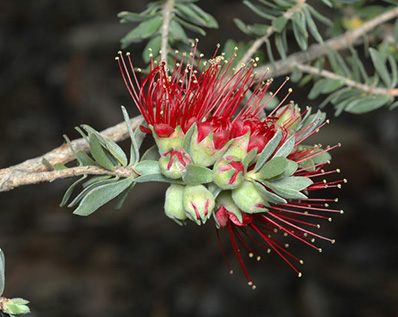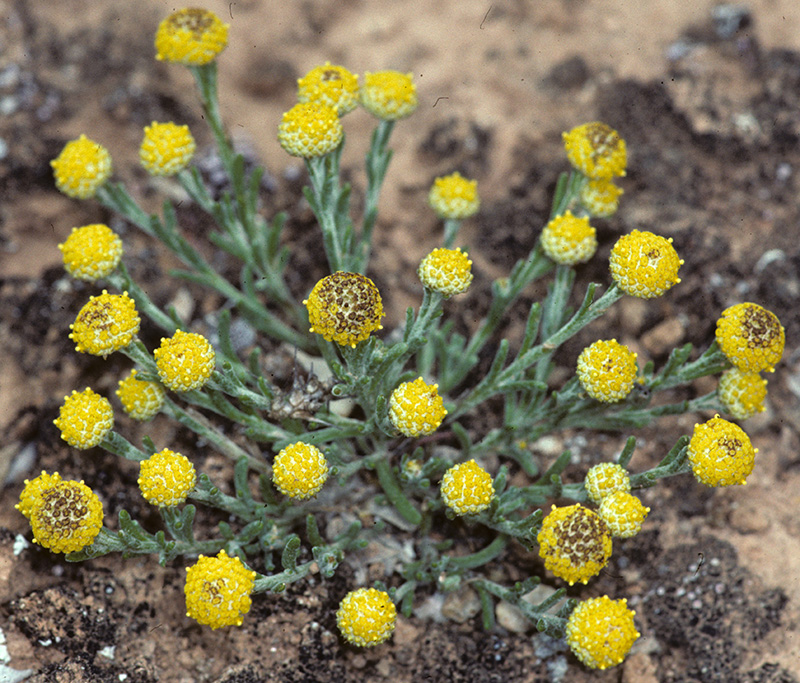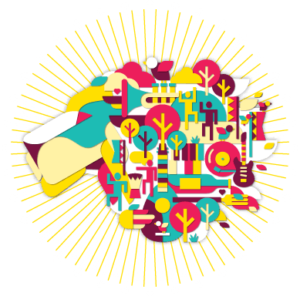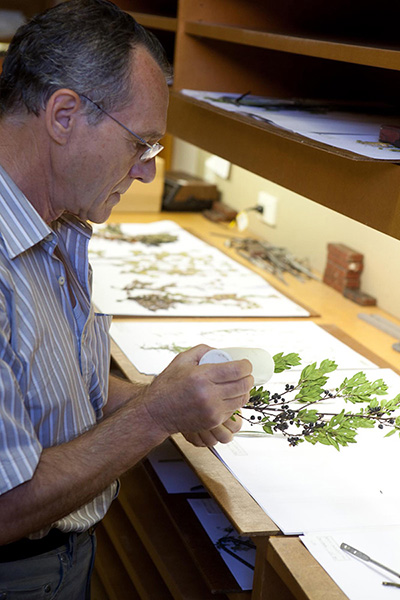Today, the State Herbarium of South Australia published two large papers in the online version of the Journal of the Adelaide Botanic Gardens.
H.R. Toelken, Revision of Kunzea (Myrtaceae). 2. Subgenera Angasomyrtus and Salisia (section Salisia) from Western Australia and subgenera Kunzea and Niviferae (sections Platyphyllae and Pallidiflorae) from eastern Australia. (8.1mb PDF)

Kunzea pulchella. Photo: M. Fagg (ANBG).
This paper almost completes Hon. Research Associate Hellmut Toelken‘s revision of the genus Kunzea. Some Western Australian taxa were treated before by Toelken (1996) (5.38mb PDF) and Toelken & Craig (2007). The current paper revises most of the eastern Australian species, as well as others from Western Australia, and follows the infrageneric framework established by de Lange et al. (2010). Ten new species and two new subspecies are described and illustrated; hybridisation within the genus is discussed in detail. A review of Kunzea sect. Niviferae in Australia, which contains K. ericoides and related taxa, is currently in progress and will complete the revision of the genus; it will be published in the near future. The New Zealand members of that section were described by de Lange (2014).
P.S. Short, Notes concerning the classification of species included in Calocephalus R.Br. s.lat. and Gnephosis Cass. s.lat. (Asteraceae: Gnaphalieae), with descriptions of new genera and species. (4.4mb PDF)

Trichanthodium skirrophorum. Photo: P.S. Short.
Phil Short from Darwin continues his revision of genera of Asteraceae, after the publication of his recent paper on Brachyscome and Roebuckiella in J. Adelaide Bot. Gard. 28: 1-219 (2014) & 28: 221-222 (2015) (10.5mb PDF & 342kb PDF), with this monograph on Calocephalus, Gnephosis and related taxa. Fourty species are described in the paper: Two new genera (Balladonia & Notisia) and five new species. The complicated taxonomic and nomenclatural history of the group is also discussed.
To access content of all volumes of the Journal of the Adelaide Botanic Gardens since Vol. 1 (1976), please visit the journal’s web-site at flora.sa.gov.au/jabg (the Journal is also available through JSTOR).
 From 10-13 March 2017 the 25th WOMAD Festival will be held in Botanic Park. During this time access to the State Herbarium of South Australia by car will be difficult for volunteers, Hon. Associates and staff, and parking will be quite restricted. Note that Plane Tree Drive and Botanic Drive will be closed to the public a few days before and after the Festival, from 6 to 16 March.
From 10-13 March 2017 the 25th WOMAD Festival will be held in Botanic Park. During this time access to the State Herbarium of South Australia by car will be difficult for volunteers, Hon. Associates and staff, and parking will be quite restricted. Note that Plane Tree Drive and Botanic Drive will be closed to the public a few days before and after the Festival, from 6 to 16 March.







 A team from the
A team from the
You must be logged in to post a comment.